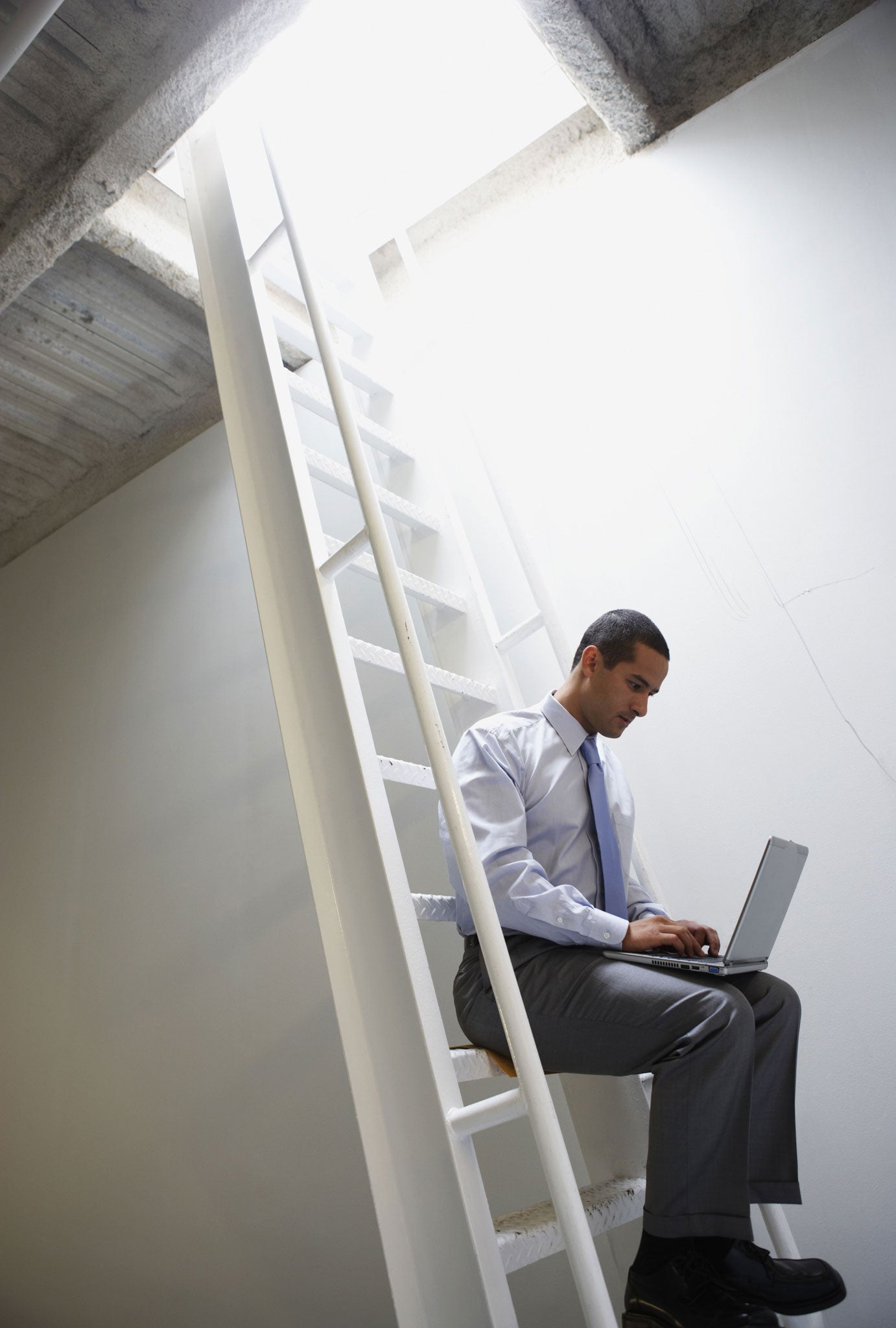Broadband now reaches around the world, just not into your back bedroom
We can summon rich, streaming media to a powerful handheld device from all four corners of the globe, just as long as we're not sitting in the back bedroom while the neighbours are using iTunes, says Rhodri Marsden

It's something of a modern curiosity. Broadband internet access reaches right across the world, from Ny-Alesund in the Arctic to the Amundsen-Scott South Pole Station, but if you're connected to a wi-fi network and you wander into the kitchen, your connection cuts out because… well, we have no idea, really. Maybe the walls are too thick.
Even those living in small flats and houses can experience dead areas for mysterious reasons; a memorable thread on a Virgin Media support page explores one person's fanciful theory that wi-fi reception is adversely affected whenever a Toyota Prius parks next to their house. This is where we are today: we can summon rich, streaming media to a powerful handheld device from all four corners of the globe, just as long as we're not sitting in the back bedroom while the neighbours are using iTunes.
It's been a perennial problem ever since wi-fi routers became a standard fixture in the home, and various solutions have been lobbed at us by technology firms over the years. Repeater units, stationed under the stairs or in hallways, to bounce signals from router to device offered a certain amount of relief, but if you search online you'll find endless pages featuring the plaintive cries of good, brave people who've tried and failed to configure them to work properly.
We've repositioned routers, run signals along mains cables and left doors open permanently in the hope of creating the "connected home" that we've read so much about, before giving up and deciding to wait for tech firms to sort it out. After all, it's only walls, right?
Over the past 15 years, the wi-fi technology embedded in products we buy has progressed through various iterations, from 802.11b to 802.11g, 802.11n and now 802.11ac, which the networking firm Cisco describes as "like The Godfather Part II: it takes something great and makes it even better". It's true that the 5GHz band used by 802.11ac devices such as Apple's Time Capsule has more channels, those channels don't overlap, and they should deliver increased speed and efficiency. But as more and more stuff in the home starts hooking up to wi-fi, from kettles to smoke alarms, the reliability of that signal is paramount.
Two recently announced products aim to deliver it. One is called the Eero and, on the face of it, it's just a more user-friendly version of the repeaters we've struggled so valiantly with. But these little white boxes intelligently manage online traffic without you having to worry: they auto-configure, auto-update and quietly switch between spectrum bands, creating a plug-in mesh network. "Wi-fi that works," is how it's billed, and hopefully we'll get a chance to try it in the UK before long.
The other innovation doesn't involve boosters or repeaters; instead it relies on a smart antenna to generate a number of different radiation patterns, thus giving devices the best chance of making the best connection. The firm behind it, Ethertronics, is already using this "active steering" principle to improve mobile-phone signals, and wi-fi is an extension of that work; current trials apparently demonstrate an increase of between 20 and 45 per cent in signal strength. The company's hope is to create consumer wireless networks that "can make that leap to the furthest reaches of your home". Again, it seems strange that in 2015 we're still yearning for trouble-free connectivity to the attic, rather than the Arctic. But maybe this is the year when the attic finally gets online.
Subscribe to Independent Premium to bookmark this article
Want to bookmark your favourite articles and stories to read or reference later? Start your Independent Premium subscription today.

Join our commenting forum
Join thought-provoking conversations, follow other Independent readers and see their replies